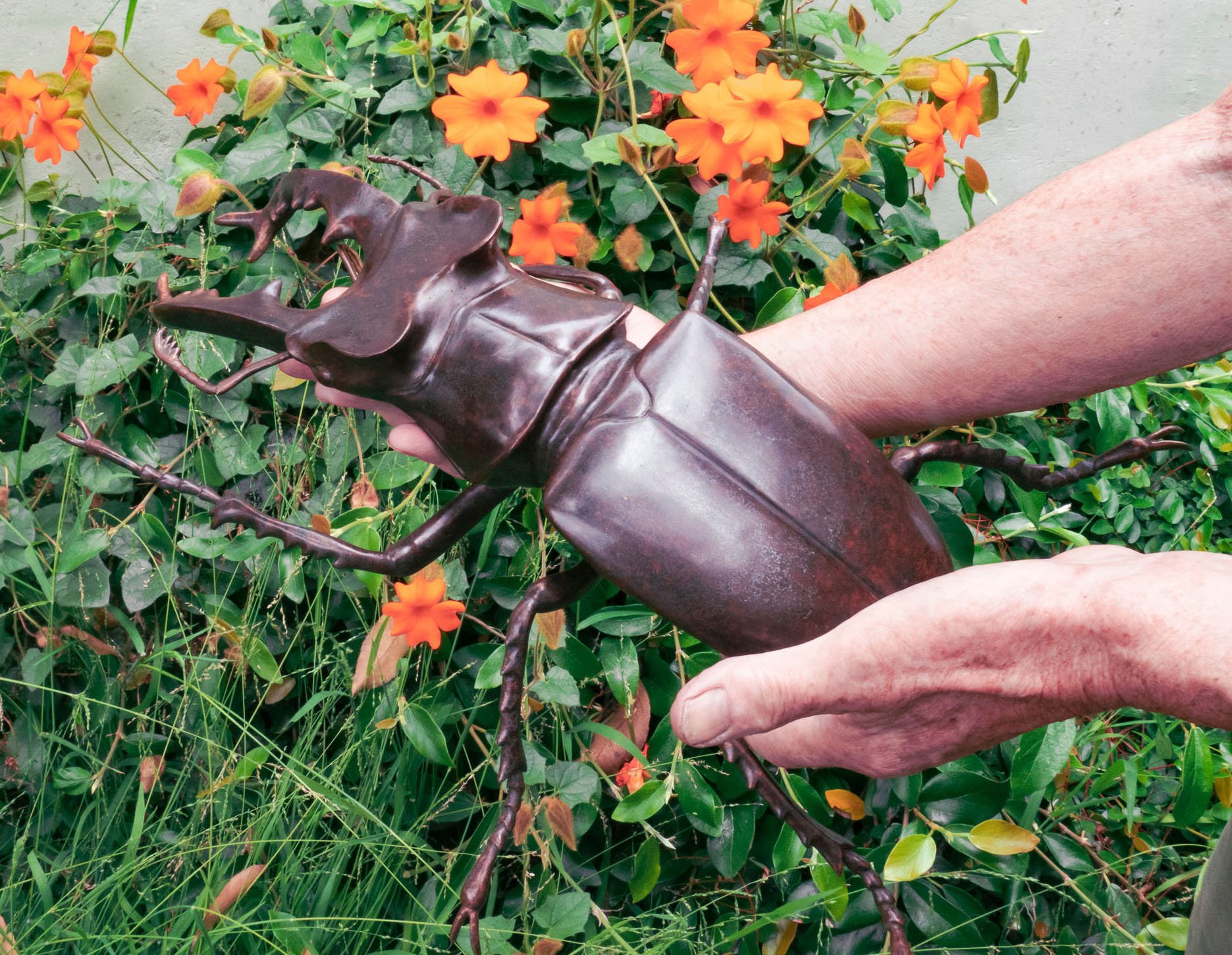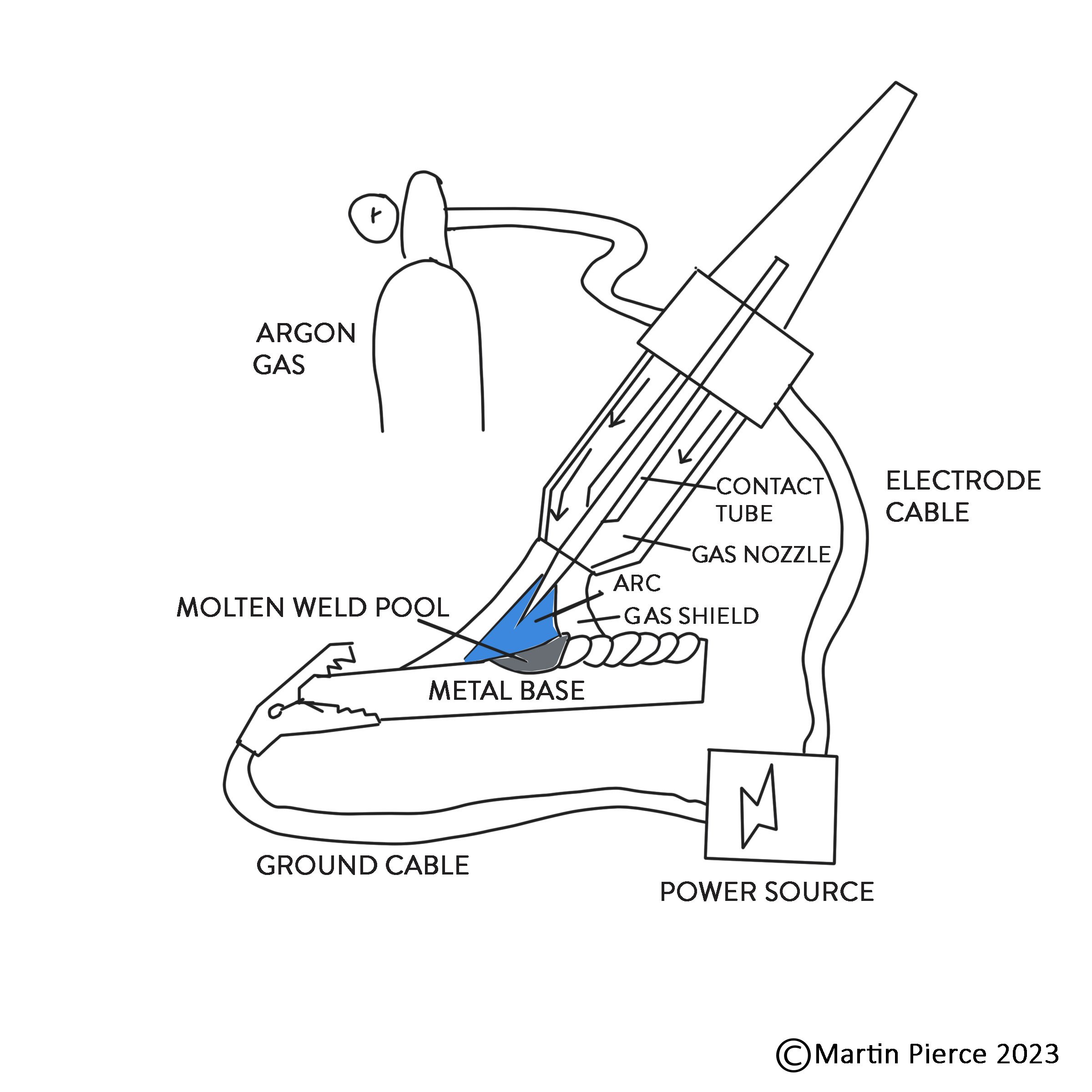We are pleased to share a recent interview between Martin Pierce and Aaron Miller at Canvas Rebel.
Aaron structured the interview around 3 areas: learning and developing skills, pivotal moments in Martin’s career and unlearning habits or traits.
These questions allowed Martin to take a step back and look at his life in a more analytical way and helped prevent the interview from becoming cliched. My role as ghost writer was to articulate this journey in a clear but expressive way. Our creative friend, Maria Ramirez Adams photographed Martin and several of his works at his studio and the framing of these shots gave the piece color and context.
The article can be read in full at Canvas Rebel’s site and the quotes below are intended as a primer.
Learning to unlearn
“As an apprentice wood carver, I learned to carve quickly and precisely, skills that made me a useful employee but also a prolific artist. I have had to learn to create with purpose and to understand that if my art is channeled into a business, I am not an untethered free spirit but must consider why one design versus another is worth making”
Learning skills
“The learning curve has been long … I was always interested in nature and enjoyed physical work but being dyslexic, I found studying a real pain. My school had 3 good courses, art, woodworking and metal work. I was drawn to woodworking and began carving at 12. I don’t think it makes sense to look back and over analyze wrong turns or wish you had done things differently.”
Current Focus
“Is the insect story I am creating in bronze and steel, and this is where I have a lot of fun. The plot line involves small insect loving humanoids who co-exist with large insects and together build houses and even compete in the annual insect race.”





